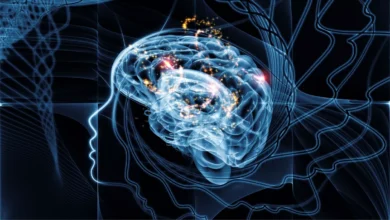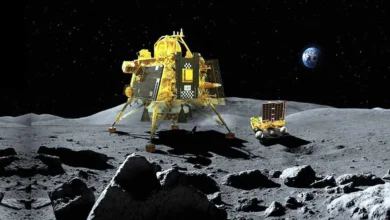Scientists forge ‘identical twin’ universe with world’s most powerful supercomputer
Named the Flamingo Project, this effort involves complex calculations that model the universe's components, including ordinary matter, dark matter, and dark energy, following the laws of physics.

Astronomers have reached a monumental milestone with extensive supercomputer simulations, spanning from the universe’s beginning, the Big Bang, to the present. Their goal is to compare this virtual universe with the real one, incorporating data from powerful telescopes. This helps us understand if the current theory of the universe’s evolution, called the Standard Model of Cosmology, is accurate.
Named the Flamingo Project, this effort involves complex calculations that model the universe’s components, including ordinary matter, dark matter, and dark energy, following the laws of physics. These simulations create detailed virtual galaxies and clusters.
Data from advanced instruments like the Euclid Space Telescope and NASA’s James Webb Space Telescope are crucial for this research.
Cosmology Professor Carlos Frenk from Durham University emphasizes the project’s significance. He mentions that cosmology is at a crossroads, as new telescope data doesn’t always match our theoretical expectations. The simulations should help us figure out if the standard model of cosmology is flawed or if there are issues with the observational data.
In the past, simulations mainly focused on cold dark matter as a significant part of the universe’s structure. But now, astronomers stress the importance of considering ordinary matter, which makes up only 16% of all matter in the universe, including everything on Earth, as well as neutrinos, tiny particles with rare interactions with normal matter. To truly understand the universe’s evolution, we need to factor in these elements.
The Flamingo Project is part of the Virgo Consortium, a collaboration dedicated to cosmological supercomputer simulations. Flamingo, which stands for full-hydro large-scale structure simulations with all-sky mapping for the interpretation of next-generation observations, is helping push the boundaries of our cosmic understanding.
Astronomers have achieved a remarkable feat by conducting extensive supercomputer simulations that span from the inception of the universe, the Big Bang, to the present day. Their goal is to compare this virtual universe with the known reality, incorporating fresh data collected by high-powered telescopes. This comparison is essential because the observational data sometimes deviates from the expected outcomes, which could provide insights into the accuracy of the prevailing theory of the universe’s evolution, known as the Standard Model of Cosmology.
Named the Flamingo Project, this endeavor involves complex calculations that model the evolution of all the universe’s components, which includes ordinary matter, dark matter, and dark energy, following the fundamental laws of physics. As these simulations unfold, they give rise to detailed virtual galaxies and galaxy clusters. The data collected by advanced instruments like the Euclid Space Telescope and NASA’s James Webb Space Telescope, which study galaxies, quasars, and stars, are critical for this research.
Cosmology Professor Carlos Frenk, a collaborator on the Flamingo Project from Durham University, reflected on the project’s significance by saying, “Cosmology is at a crossroads.” He pointed out that there is amazing new data from powerful telescopes, some of which does not, at first sight, conform to our theoretical expectations. This presents a dilemma – either the standard model of cosmology is flawed, or there are subtle biases in the observational data. Professor Frenk believes that their super precise simulations of the universe should be able to tell us the answer.
In the past, most simulations mainly focused on cold dark matter as a significant component of the universe’s structure. However, astronomers now emphasize the importance of factoring in ordinary matter, which constitutes just 16 percent of all matter in the universe, including everything on Earth, as well as neutrinos, minuscule particles with infrequent interactions with normal matter. These elements must be considered to gain a comprehensive understanding of the universe’s evolution.
The Flamingo Project is part of the Virgo Consortium, a collaboration dedicated to cosmological supercomputer simulations. Flamingo, an acronym for full-hydro large-scale structure simulations with all-sky mapping for the interpretation of next-generation observations, plays a crucial role in advancing our knowledge of the cosmos.
You might also be intersted in – Two Indian-American scientists receive the highest scientific honour awarded by the US



